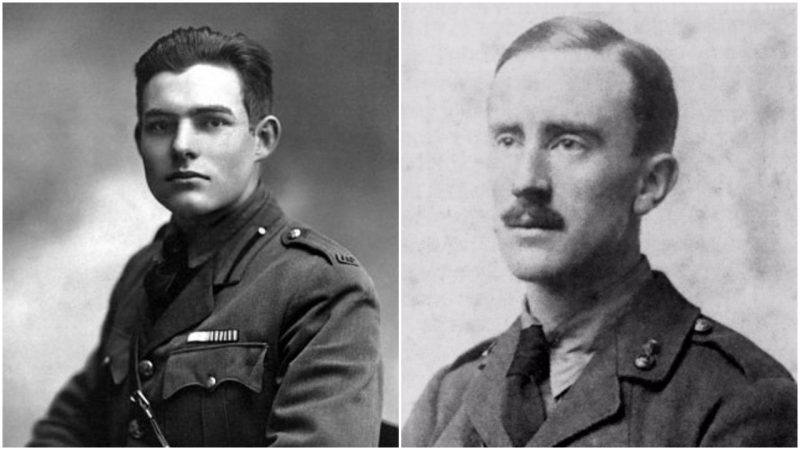Sociopolitical circumstances inevitably shape people’s mindsets and their way of life. Artists are prone to infusing their works with the immediate social contexts that surround them, and this is clearly visible throughout the timeline of the history of art.
Different themes and different concepts were popular in different historical periods, and artistic movements often arose as reactions to particular sociopolitical situations.
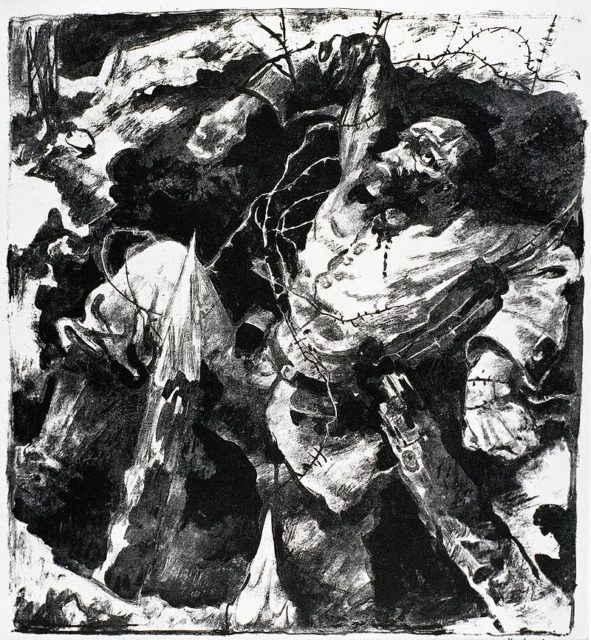
One recurring event that has been a particularly strong inspiration for artists since the dawn of time is war. Wars have produced generations of writers whose works are nowadays scattered throughout the literary canon, and World War I is no different.
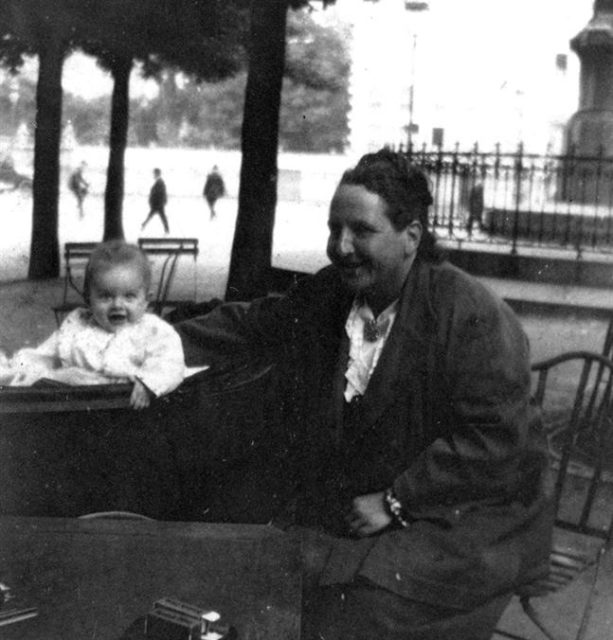
In his seminal novel The Sun Also Rises, Ernest Hemingway popularized the term “Lost Generation”, which was coined by the legendary American writer Gertrude Stein to describe the generation of artists that came of age during the World War I.
The term primarily refers to writers, including Hemingway, James Joyce, Henry Miller, T. S. Eliot, Aldous Huxley, F. Scott Fitzgerald, Isadora Duncan, and J. R. R. Tolkien, but it also refers to composers such as George Gershwin, Aaron Copeland and Sergei Prokofiev.
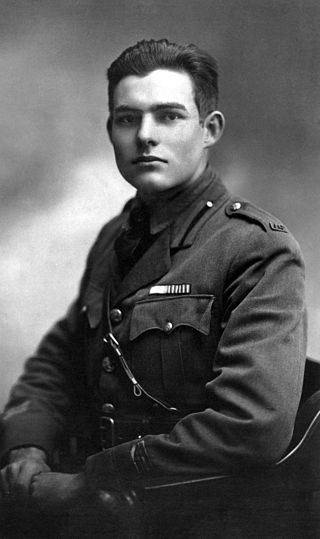
The works of all these artists share similar themes and concepts. Many of the artists participated in World War I as fighters, and the war had a profound effect on their creative processes. At the time, World War I was seen as the most devastating war ever, and many artists felt the need to shine a light on the dark side of humanity and comment on the atrocities that the human race is capable of committing to preserve or obtain power.
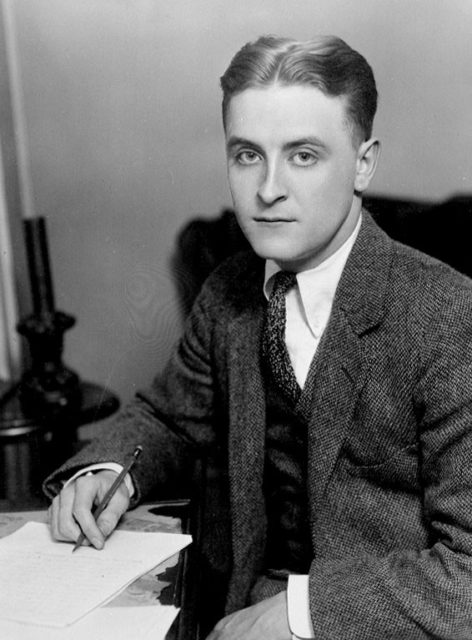
Also, the artists of the time witnessed the ever-expanding gap between the rich magnates and the rest of society, and they felt obliged to speak out against the corruption that permeated every aspect of the unregulated free-market capitalism.
The most influential work that explored this particular subject was F. Scott Fitzgerald’s seminal novel The Great Gatsby. The novel also explores the disenchantment of the American dream and the growing distrust towards the concept of American exceptionalism.
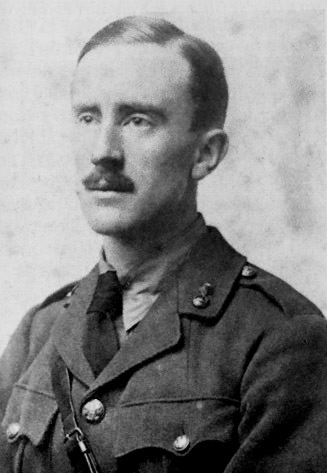
The central notions that connect all the artists of the Lost Generation are anxiety, displacement, and a pessimistic outlook towards the future of humanity. These artists were indeed lost, because they witnessed decades of hardships and turbulence that didn’t end with the Great War but continued into regional conflicts, the Great Depression, and worldwide economic and political tremors that finally led to World War II, which was even more devastating than the first.
However, these artists also found a way to channel their concerns into what became the solid foundation of 20th-century art.
